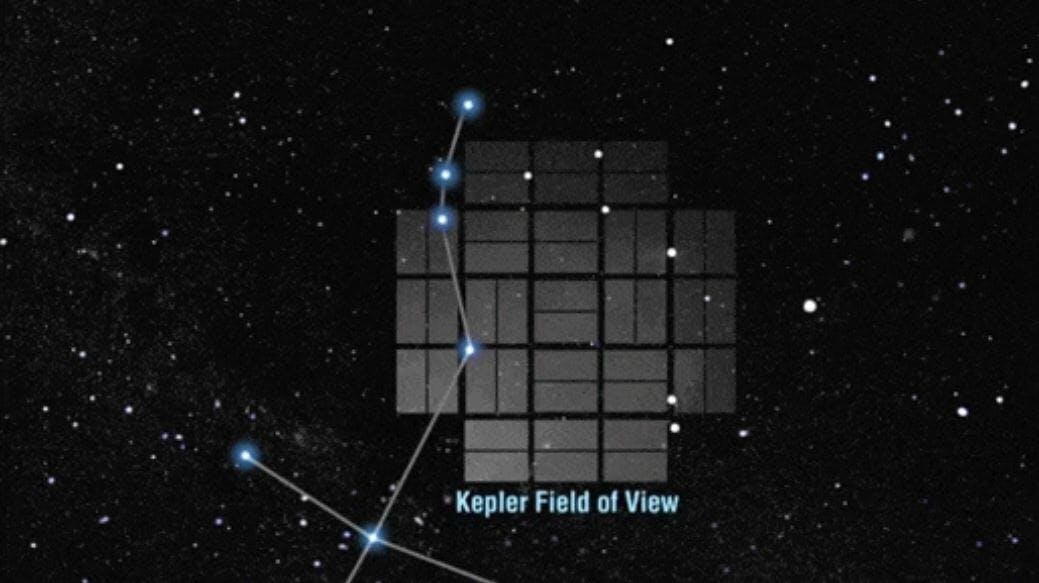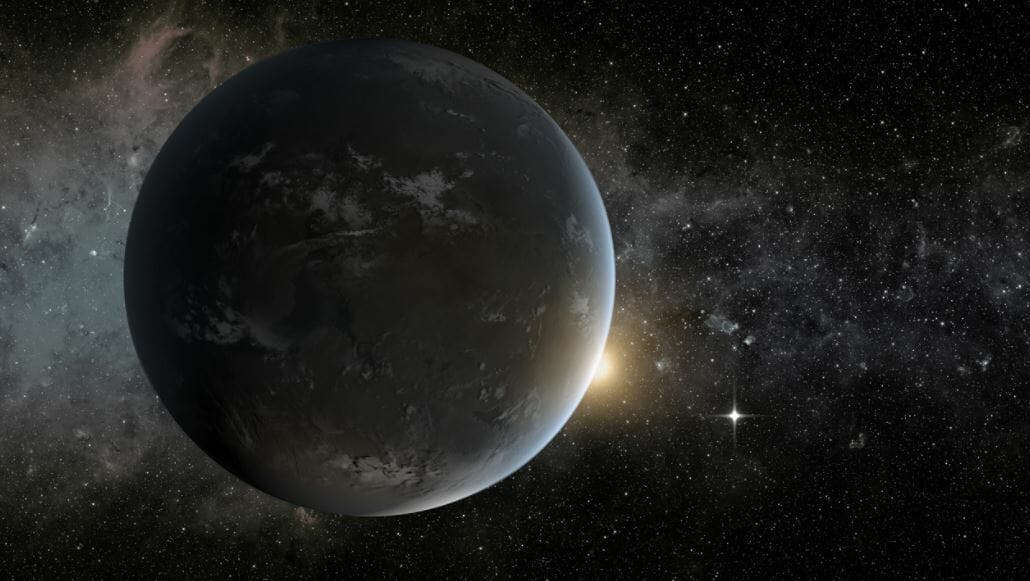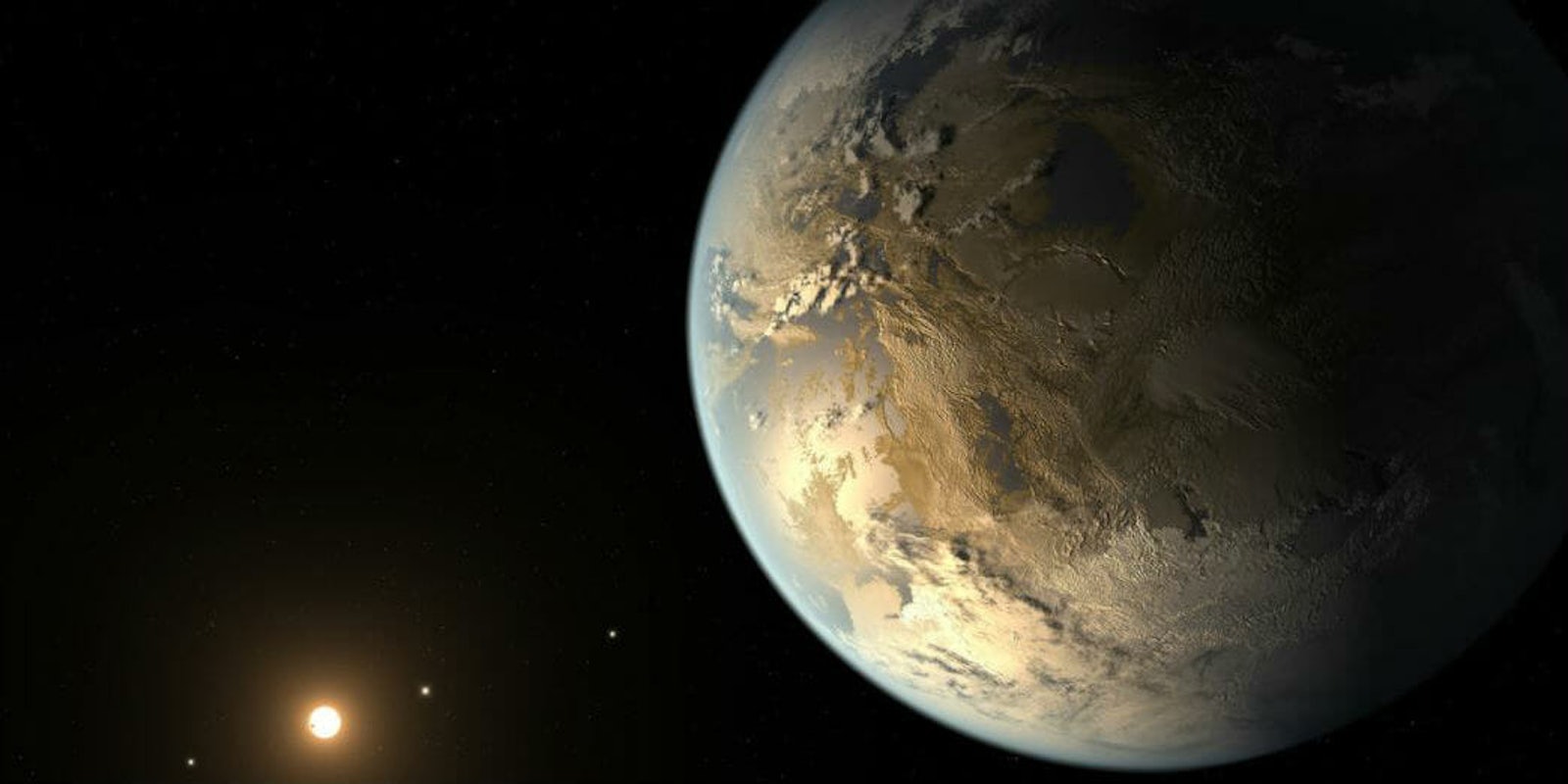The odds Earth is the only planet with life is becoming increasingly more unlikely.
NASA today announced the discovery of 10 planets that could potentially support life. The Kepler space telescope, NASA’s planet-hunting spacecraft, found 219 potential planets near the Cygnus constellation in our Milky Way. Of those, 10 are rocky “Goldilocks planets” that fall within the habitable zone, in which water could pool on the surface of a planet. Scientists say they are 90 percent sure these are planets orbiting other stars.

NASA explains these “small worlds” come in two sizes: either 1.5 times the size of Earth, or slightly smaller than Neptune. One notable discovery, a planet called KOI 7711, nearly matches the Earth, and has an orbit of almost exactly one year.
“We like to think of this study as classifying planets in the same way that biologists identify new species of animals,” said Benjamin Fulton, doctoral candidate at the University of Hawaii in Manoa. “Finding two distinct groups of exoplanets is like discovering mammals and lizards make up distinct branches of a family tree.”

Many of the potentially Earth-like planets are thought to be ocean worlds, and to contain an atmosphere made of hydrogen and helium. NASA claims the discovery is the most “comprehensive and detailed catalog release of candidate exoplanets, which are planets outside our solar system, from Kepler’s first four years of data.”
The Kepler telescope was created to find Earth-like planets in zones where temperatures are ideal for sustaining life. The new catalog release brings its total catch up to 4,034 potential planets, of which 2,335 are verified exoplanets and nearly 50 are near-Earth size habitable zone candidates.
“The Kepler data set is unique, as it is the only one containing a population of these near Earth-analogs–planets with roughly the same size and orbit as Earth,” said Mario Perez, Kepler program scientist in the Astrophysics Division of NASA’s Science Mission Directorate. “Understanding their frequency in the galaxy will help inform the design of future NASA missions to directly image another Earth.”
In February, NASA said it discovered the first known system of seven Earth-sized planets, three of which could be habitable. The agency continues to study the group of planets, which it says—at (just) 40 light years away—is “closer to home” than this latest finding.
The agency says it will continue looking through space in search of more planets like our own.


